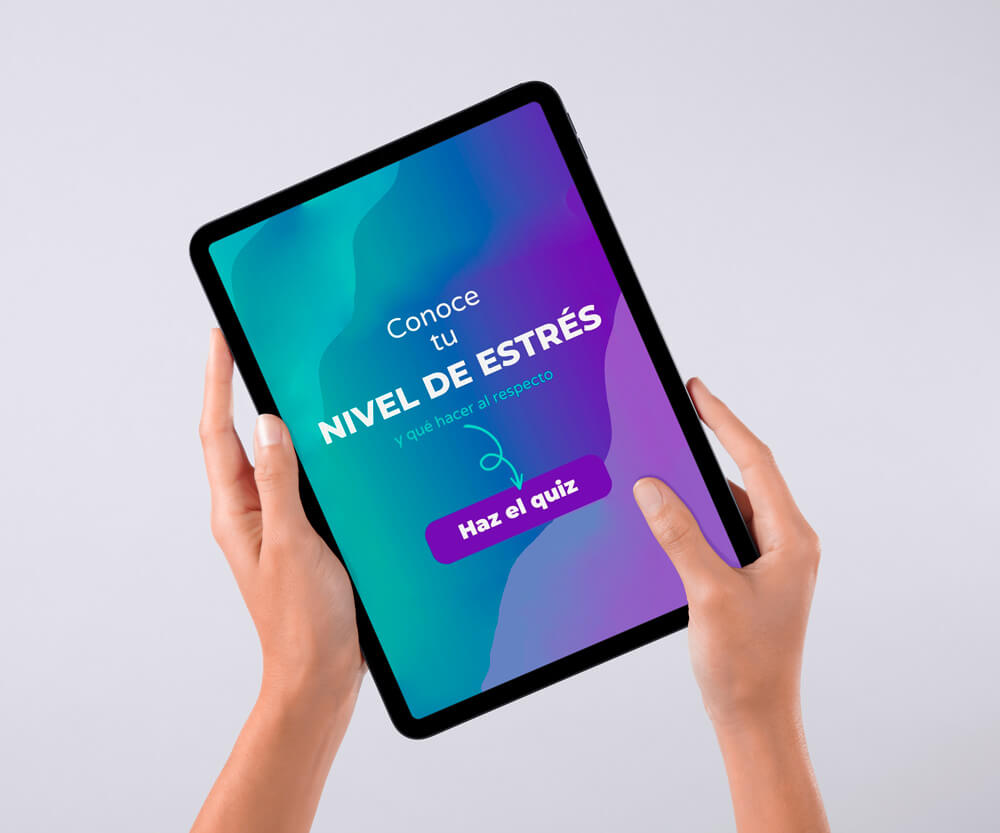[vc_row][vc_column][vc_column_text]There are many productivity methods. Depending on our way of being and the nature of our work, some will work better for us than others. Or we might want to use a combination of them.
Let us have a look at the best-known productivity methods and what they are about. I will tell how to use them and what their pros and cons are.
1. The Pareto Principle
This principle is named after the Italian engineer, sociologist, economist and philosopher Vilfredo Pareto. He exposed it in the 19th century studying the distribution of wealth amongst the population, whereas 20% of the population held 80% of the wealth and had 80% of political influence.
Since then, it has been discovered that the Pareto principle, also known as 80/20 rule, can be applied to many areas of life. It is used in warehouse management, engineering, IT and other fields in order to improve the use of resources and thus productivity.
How to use the Pareto Principle
The principle consists in 20% of effort bringing 80% of benefits. Applied to personal productivity, we will achieve approximately 80% of results with 20% of important tasks.
Although the percentages can vary, this principle can be very helpful to keep the focus on the important. Where work is concerned, ask yourself which of the tasks you do contribute most to the goals and results you want to obtain. You may also apply the 80/20 rule to your private life. Consider which activities and relations do most for your well-being.
 Pros and cons of the Pareto Principle
Pros and cons of the Pareto Principle
The Pareto principle helps us think about our duties and assess whether we are making our efforts in the most productive way. You do not need to consider the 80/20 percentages as fixed but as a guide.
Did you know that approximately 20% of your #efforts bring 80% of #results? How to use the #Pareto principle in life and work. #productivity Click To Tweet
2. The Eisenhower Matrix
This matrix was created by former President of the USA Dwight D. Eisenhower and spread by Stephen Covey, author of “The 7 Habits of Highly Effective People”.
The idea is to classify the tasks depending on their importance and urgency. In order to determine a task’s importance, ask yourself to what degree it contributes to your priorities and to reaching your goals. As for the level of urgency consider the deadline and what the consequence of not doing the task on time would be.
How to use the Eisenhower Matrix
Assessing the tasks by their level of importance and urgency we obtain four types:
1. Important and urgent
The tasks in this category will be the first on our list. It is not only urgent that we do them but will also help us reach our goals.
2. Important but not urgent
In this category we classify tasks which are important for our goals but do not have a tight deadline. In order to avoid putting them off whenever something more urgent shows up, I recommend you plan them. Reserve time slots in your agenda in order not to neglect this type of task.
3. Urgent but not important
This kind of tasks have a tight deadline which is why they need to be tackled as soon as possible. However, they are not part of your priorities or are not important for your own goals. So, here we have two possibilities. ¿Can you delegate the task to somebody else? If not, you will have to do it after the tasks of type 1, i.e. the important and urgent ones.
4. Neither important nor urgent
In case of this type of tasks the first question should be if they really have to get done. Can we scratch the task directly off our list? Can we delegate it? If we are unsure, we can incubate it to tackle in a moment of peace. However, it is possible that this moment never comes or we realise that it is not necessary anymore to do that task.
 Pros and cons of the Eisenhower Matrix
Pros and cons of the Eisenhower Matrix
Same as the Pareto principle, this method helps us consider the importance of our tasks. Furthermore it adds the component of the time available for execution. So, this method forces us to assess the real urgency of contingencies and issues that arise. We need to be clear about our priorities and goals in order to correctly use the Eisenhower matrix.
Using the matrix as it is can be a bit uncomfortable on a daily basis. But we can use the principle in order to classify our tasks from 1 to 4. That way we sort our tasks in order to start working on the most important and urgent ones and only engage in those of level 4 if there is time left for it.
Do you consider the #importance and #urgency of your #tasks before getting down to work? How to increase #productivity with the #Eisenhower matrix Click To Tweet
3. The Pomodoro Technique
Its Italian creator Francesco Cirillo named this productivity method after the typical kitchen timer in the shape of a tomato that he used when he developed the technique at the end of the 1980s. Francesco Cirillo is an IT and productivity consultant.
The aim of the Pomodoro Technique is to learn to consider time an ally instead of an enemy. The goal is to concentrate on a chosen task without getting distracted until we are finished. However, the technique can also help us know how much time we need for certain tasks. This learning will help us improve our planning.
The Pomodoro Technique can be helpful to face difficult tasks we tend to put off. Seeing the progress we make in the shape of the completed pomodoros we cross off, can help our motivation.
How to use the Pomodoro Technique
We divide the time dedicated to a task in so-called “pomodoros”, that means time windows of 25 minutes. After a pomodoro you rest for about 5 minutes. After every four pomodoros you take a longer break of 20 to 30 minutes.
- The first step is to decide the activity we want to dedicate our full attention to.
- We set the timer for 25 minutes and work on the task without interruption.
- When the alarm rings we write down which pomodoro we have completed (the first, second, third) and rest for five minutes.
- We set the timer for another 25 minutes and continue working on the task.
- After completing four pomodoros we take a long break.
- If ideas or interruptions come up during a pomodoro, we write them down and continue working on the task at hand. If an interruption cannot be put off, we cancel the pomodoro to restart it afterwards.

Pros and cons of the Pomodoro Technique
This method can be very helpful if we tend to procrastinate. Also, it can help us figure out how long certain tasks take. The Pomodoro Technique is suitable to make progress with long tasks. Maybe the 25-minute time frames seem short for tasks where we do not have a hard time concentrating.
Do you tend to #procrastination? Do you have a hard time tackling difficult #tasks? How the #PomodoroTechnique can help you. #productivity Click To Tweet
4. Getting Things Done (GTD)
This productivity method was developed by David Allen in the 1980s. After years of researching and practicing his productivity technique he published his best-known book “Getting Things Done: The Art of Stress-Free Productivity”.
The aim of this technique is to reduce an overwhelming feeling, to improve our focus, clarity and performance.
How to use GTD
This method consists of five steps:
1. Capture
Write down the information we receive and ideas, tasks and errands that come to our mind.
2. Clarify
The aim is to process all the captured information considering if we can take action about it. If so, do it right away if it takes less than two minutes. Should it take longer delegate the task or write it on a list to do later on. If you cannot take action, decide whether to file, incubate or throw away the information.
3. Organise
The third step is organising the actions by categorising them on task lists by topics. David Allen proposes to create lists according to the type of task or place where you do them for example e-mails to send, calls to do, errands to do.
4. Reflect
This step consists in reviewing the tasks lists in order to decide the next action. David Allen recommends to review the lists as often as necessary in order to gain the peace of mind that we do not forget anything. As well, each week we should make a review to update the lists, clean up and clear our mind.
5. Engage
The fifth step is to take action, i.e. do the task we have decided to tackle.
Pros and cons of GTD
The people who have managed to implement this technique swear by its benefits. However, it takes time to get used to it. As well, it requires an initial effort of at least two days dedicated to fully adapting our work system to this technique.
If we have a hard time differentiating important tasks, the recommendation of doing tasks that take less than two minutes immediately might be risky. We can end up spending too much time on small tasks or doing tasks on this pretext although they take longer than two minutes.
Even though the concept of capturing and processing the information, organising and reflecting on our actions, is helpful whether we implement GTD or not. If we do not capture the information and ideas we might forget them. When we do not process the information, we will accumulate it in any way. If we do not organise our tasks, we can end up with an endless list that stresses more than it helps. When we do not reflect on our tasks we will just do the first thing that comes to mind.
“Your mind is for having ideas not holding them.” #DavidAllen #GettingThingsDone #productivity Click To Tweet
Which productivity methods do you use?
Did you know these four productivity techniques? Do you use any of them regularly?
Want to be more #productive? Choose the #productivitymethod that best adapts to your #wayofbeing and type of #work. #productivity Click To Tweet
[/vc_column_text][vc_empty_space][/vc_column][/vc_row]
Sharing is caring!





